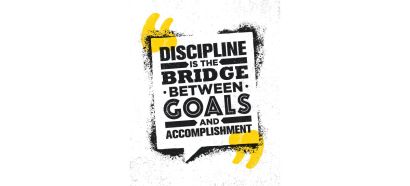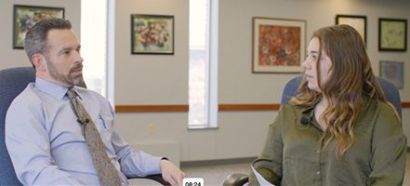Featured Videos
What is Critical Thinking/Problem-Solving?
Critical thinking is “the process of rationally analyzing and attempting to solve a problem accurately and efficiently without relying on assumptions or guesses.” Critical thinking is extremely important for everyone, but especially for student because it is an important part of the learning process. Many people use critical thinking to solve day to day problems. Every time we solve a problem it increases our self-confidence and self-worth. Thinking critically helps us handle future challenges more skillfully and broadens our life experiences. There are many skills that make us good critical thinkers including,
Analytical: This is the ability to carefully examine or analyze something, whether it’s a problem, a set of data, or a text. People with good analytical skills can examine information and understand what it means.
Communication: In being a good critical thinker it is important to communicate and share ideas with others. Critical thinking in a group allows you to have others to be able to bounce ideas off. It also allows you to get a better flow of ideas coming in because you have several different people working to achieve one thing.
Creativity: Critical thinking involves creativity to be able to come up with new and innovative ideas.
Open-Minded: You need to be able to put all judgments aside and focus on thinking of new idea. There may be an idea that you think wouldn’t be good, but it might end up being the best one. This is also important to remember when brainstorming with others. Don’t tell people their ideas aren’t good, take them into consideration no matter what they might be.
Utilizing your critical thinking skills to solve a problem:
Assess and Restate the Problem: One of the most important steps in critical thinking and problem solving is developing a complete understanding of the problem. You can’t fix a problem without knowing what the problems is. Restate the problem in several different ways to learn about its dimensions and get a better understanding of it. Using critical thinking to fully understand and asses the problem will allow you to come up with the best ways possible of solving the problem.
Encourage Creativity: Be creative and think of new ways to solve the problem that you may not have thought of before. One creative problem-solving strategy includes brain storming solutions with others to get new input. Being creative requires patients, sometimes you must wait for new ideas to develop to find the best solution. It is important to not just think of one solution, but several. That way if one doesn’t work you have others that might.
Reassess Solution: Once you have chosen a “best” solution it is important to reassess. Look at what the solution will take to implement and who it will affect. If the solution it going to require a lot of money and put people at risk, then it might not really be the “best” solution. If you find that it’s not, then it might be time to go back to the previous step to start thinking of more solutions. Or maybe one that you’ve already thought of previously might work better.
Implement Your Solution: Always do your best to try and solve and problems, it is important to not give up. It can get frustrating at times but try to stay calm and continue moving forward. View it as an opportunity to utilize your critical thinking and problem-solving skills.
Follow Up: The critical thinking process shouldn’t stop after you’ve implemented the solution. After you’ve implemented the solution go back to see if it is solving the problem you want it to solve. It is very possible that the solution you chose wasn’t the right one. This could happen either because you didn’t fully understand what the problem was or because you didn’t implement the right solution. If you realize your solution is not solving the problem, go back to step one and start by making sure you fully understand the problem. Every problem has a solution its just a matter of finding the right one.
Recommended Links
- Ohio Means Jobs Readiness Seal





